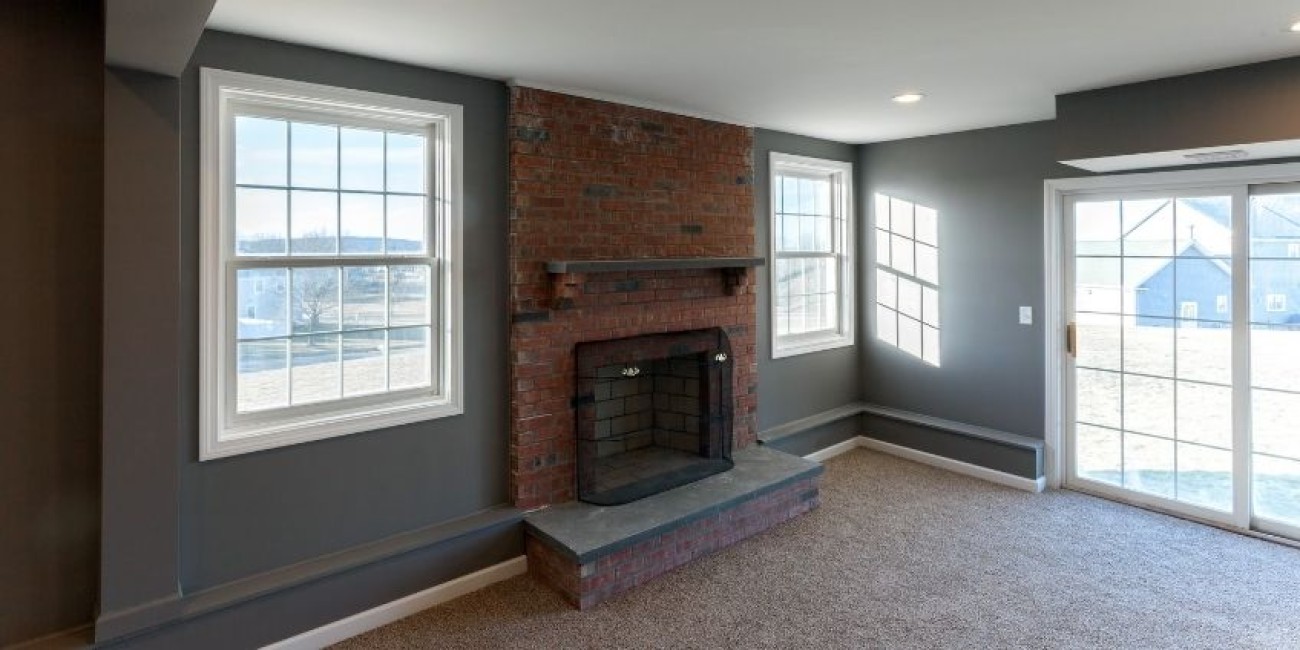What To Consider Before Finishing Your Basement

In the past eight years, we have seen an increase in the number of homes with finished basements. Given the benefits of finishing one’s basement—more livable space, a significantly increased resale value, etc. — it’s no wonder.
However, as worthwhile a project as it is, refinishing a basement is far from a simple job. The more ambitious your basement design ideas, the more challenging the project. Knowing what to consider before finishing your basement can help you manage the challenges.
Is Your Basement Ready To Be Finished?
Before you start planning how you want your final product to look, you must decide whether finishing your basement is even viable. Many regions have building codes surrounding finished basements. And even if you live in a region without as many codes, there are factors that could make your basement unsafe.
Structural Damage
The last thing you want is to build your livable space in an area where there is structural damage. Structural damage can occur in several places in the basement, such as the walls, the foundations, and the floor joists.
When you are inspecting for damage, keep on the lookout for cracks, signs of boring insects, or places where joists may be sagging. If you suspect an area has damage, don’t be afraid to contact a professional inspector to be sure.
Moisture
Leaks and flooding are common problems in basements that can lead to greater problems later on. Take a few weeks to monitor the moisture in your basement, especially after rainy weather. Look for condensation, puddles, or white, powdery deposits accumulating on the walls.
If you notice a moisture problem, you will want to take steps to correct it, such as:
- Seal up areas where warm air can enter the basement, causing condensation.
- Repair wall cracks.
- Reroute outside drains away from the house.
- Plant a rain garden around the house.
- Install systems that monitor moisture.
- Add a dehumidifier.
- Check your sump pump.
Ultimately, adding insulation will also help seal the basement from moisture. However, you don’t want your insulation to become oversaturated by leaks.
Mold
Because basements are prone to moisture and tend to be dimly lit when unfinished, they are also more prone to developing mold. A small amount of mold is not necessarily dangerous on its own. However, you will not want to build or paint over large amounts of mold.
If you have a small amount of mold, you should be able to remediate on your own. But if there are larger amounts, you should consider calling a mold removal expert.
Windows
One common item on basement building codes is an egress window that can be opened. This allows an alternate escape route in case of fire. If you do not have one, you may need to have one installed before finishing the basement. If you do have one, you should double-check its condition to ensure it’s operable.
Stairs
Chances are, if you are considering finishing the basement, your basement is reasonably accessible already. Still, for the sake of safety, it’s good to take the time to examine your staircase. If it’s overly slick, steep, or rickety, that will need to be addressed in the finishing process.
What Layout Will Work Best in the Basement?
Once you’ve established that you’re going to finish your basement, you must decide what setup will work for your basement setup. Not every setup will work with every basement, so it’s important to identify important elements of your basement that you will have to work around.
Ceiling
Some who refinish their basements decide to add drywall and insulation but leave the floor joists exposed. While there is nothing wrong with this, finishing the ceiling gives the space a cleaner, more complete look.
If you have an unobstructed ceiling, you can often just cover over the ceiling with drywall. But if you have to contend with a network of pipes and vents, you may need to opt for drop ceiling. Another option for a uniquely urban look is to paint over the pipes, vents, and ceiling with a paint sprayer.
Architectural Elements
Some architectural elements can’t be paneled up. For example, your water heater or furnace may be a little challenging to work around. Some basements also just naturally have an awkward shape to work with and may require you to rethink your setup if you were planning on putting multiple rooms into the space.
Plumbing and Wiring
For those who want to create a basement apartment, adding a bathroom or sink may be desirable. However, adding a bathroom requires a permit and additional plumbing work. The same is true of adding electrical wiring to hook up additional lighting and plug in electronics in your space. And this plumbing and electric work can’t always be added anywhere in the space.
Unless you are a licensed plumber or electrician, you should not attempt to DIY either of these projects. If you bring in a certified plumber and electrician, they can help advise you where to put electrical outlets in your basement.
What Will It Take To Make Your Basement Comfortable?
Once you have your layout, you can turn your attention to the creature comforts of having a finished basement. Although this part can sound simpler, there is still much to consider before finishing your basement project.
Temperature Control
Basements tend to be the coolest places in the house. Fortunately, some of the steps you’ve taken up to this point—sealing your basement from cracks and installing insulation—will naturally help keep this space warmer. If you want to keep your basement a little warmer, you can also try a few of these tricks:
- Install baseboard heating
- Put in a fireplace space heater
- Add a pellet stove
- Modify your pre-existing heating system to work in the basement as well
Aesthetic Choices
When making interior design choices for your basement, you must strike a balance between aesthetic and practicality. For instance, hard flooring, such as tile, vinyl, or sealed concrete, tends to work better for basement floors because they won’t get ruined in the event of a flood.
When it comes to the walls, you will want to keep aware of the lack of natural light available in the basement. This will impact the way light appears in the space. When choosing zero VOC* paints, consider opting for warm-toned paints to make the room feel more inviting.
*Zero VOC - Conforms to CDPH 01350 (VOC emissions test taken at 11, 12, & 14 days for classroom & office use).



























